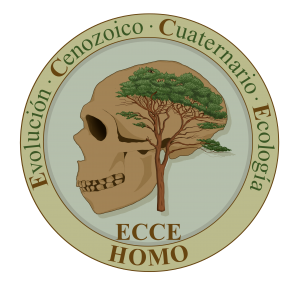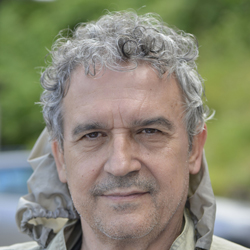JUAN ANTONIO DEVESA ALCARAZ
Professor of Botany at the University of Córdoba. Member of the advisory committee of FLORA IBERICA. Between 2000 and 2002, he was the National Coordinator of the Organisms and Systems Biology Area of the National Agency for Evaluation and Prospective (A.N.E.P., Ministry of Science and Technology). Between 2002 and 2005, Juan was the Manager of the National R&D Plan at the Ministry of Science and Technology (currently the Ministry of Education and Science).
«I receive with great satisfaction the immense work coordinated by Prof. Carrión, who, courageously, have undertaken the revision of paleobotanical knowledge of the Iberian Peninsula. The editors, coordinators, and authors follow the precedent set by Dr. Carrión in his ‘Paleoflora and paleovegetation of the Iberian Peninsula and Balearic Islands. Pliocene-Quaternary’, which was published in 2012, but they now build a much more ambitious work, which has involved an excellent and extensive team of researchers and covers the last 66 million years, that is, the entire Cenozoic.
The work, in three volumes (vol. I, Paleocene-Pliocene; vol. II, Pleistocene, and vol. III, Holocene), compiles the main paleobotanical contributions in the territory, selecting for this purpose the most important sites. For each of them, the current state of their environment is described, noting their physiographic, climatic, floristic, and vegetation characteristics. This information is followed by available paleobotanical data, either through tables of diagrams of pollen and spores of the most represented plant groups, anthracological remains, carpological remains, phytoliths, and other plant remains, as well as precise chronological information for their temporal location.
This is an extraordinarily valuable scientific contribution, such as having a historical reconstruction of the past vegetation of the Iberian Peninsula and Balearic Islands, a crucible of so many biogeographic events and a continent of such a rich and varied flora. In addition, the way in which the results are presented and the abundance of illustrations that accompany it add additional value to the work, making it easily accessible to all researchers interested in the knowledge of plants, regardless of their background and specialty.
Undoubtedly, the work constitutes a fundamental milestone for the understanding of the past flora of the Iberian Peninsula.»

Grupo de investigación E005-II ECCE
HOMO (Evolución Cenozoico Cuaternario Ecología Homo)
© Paleofloraiberica








